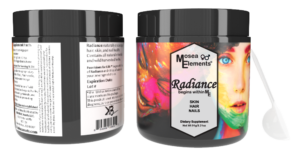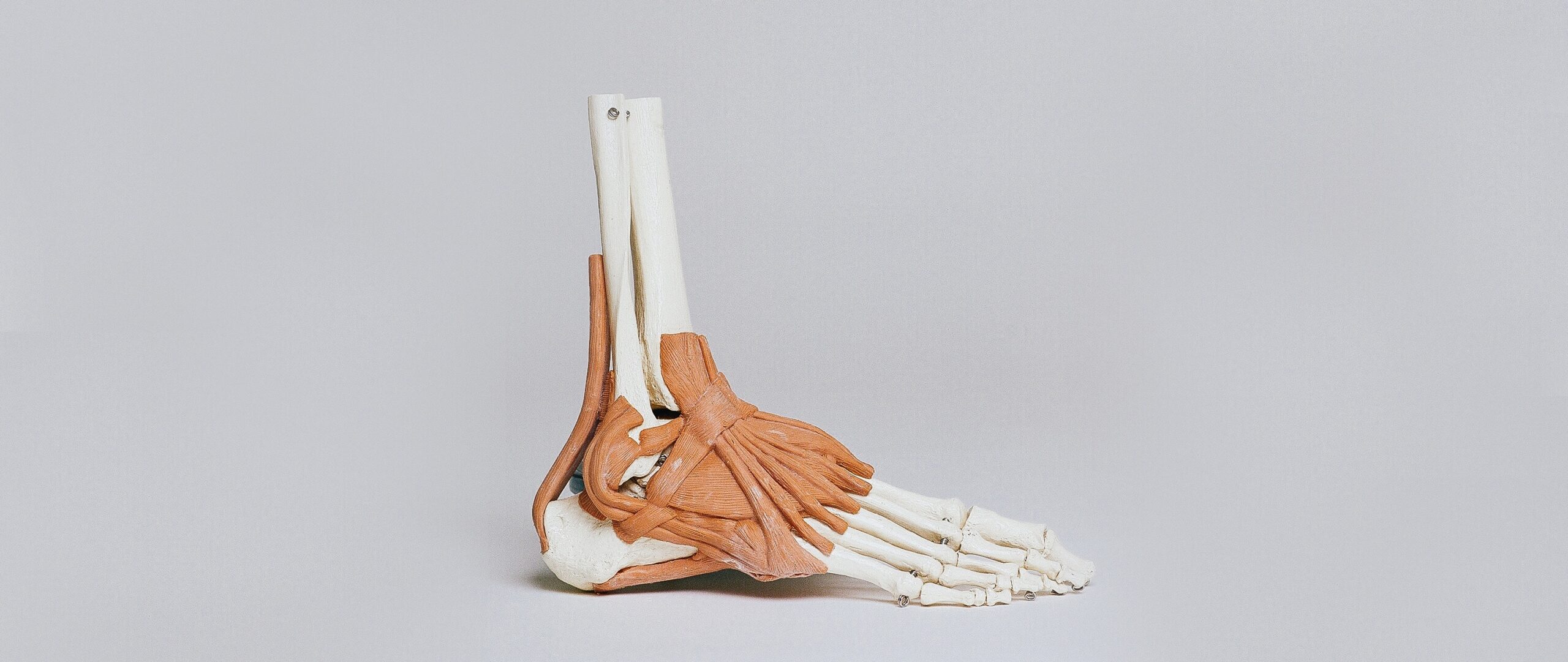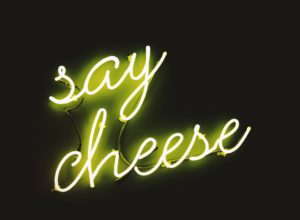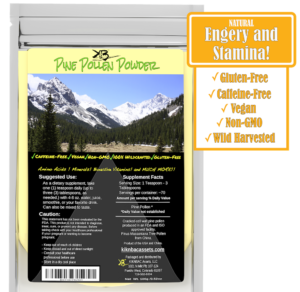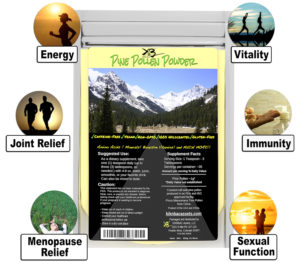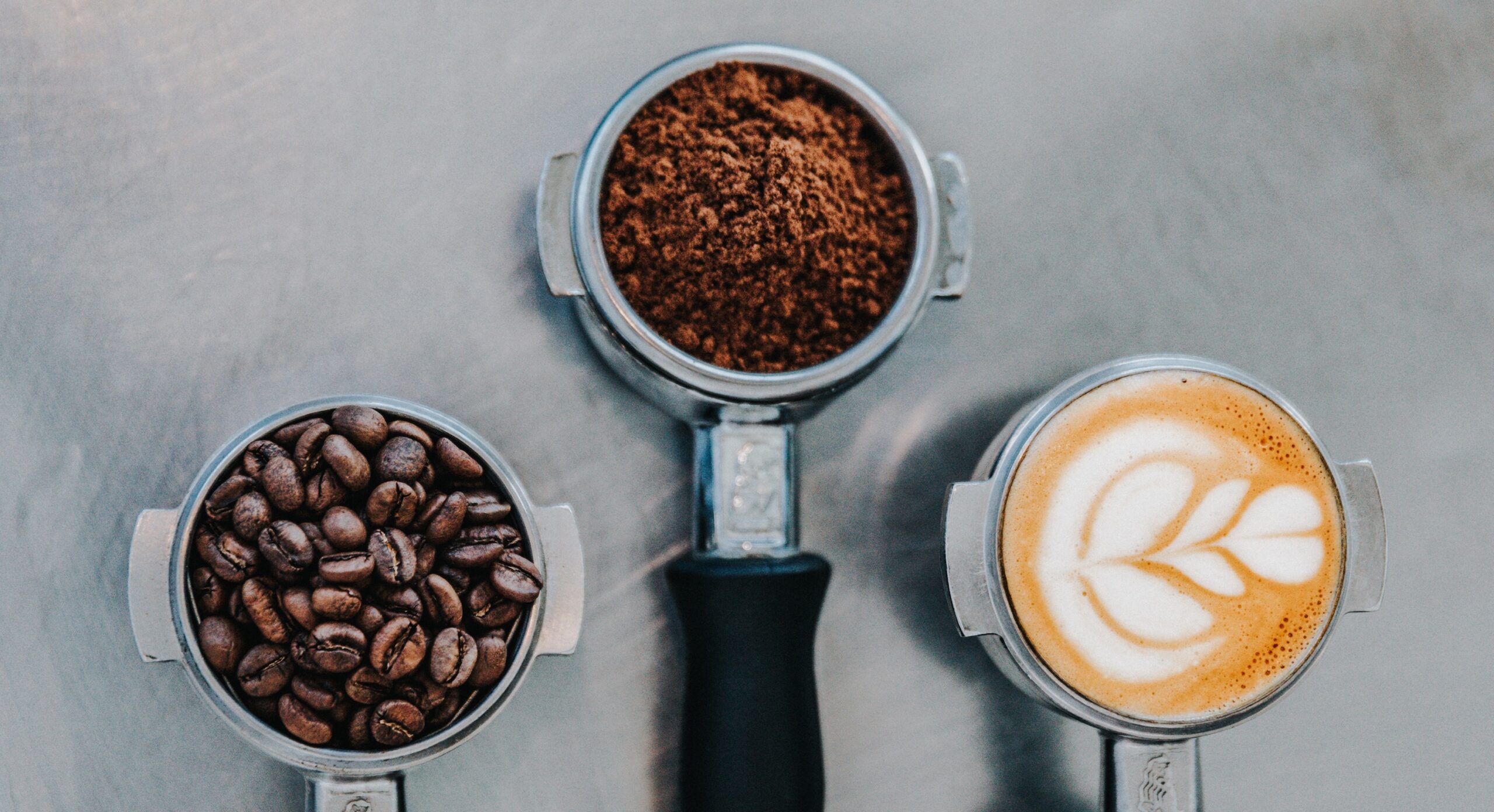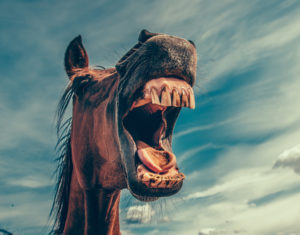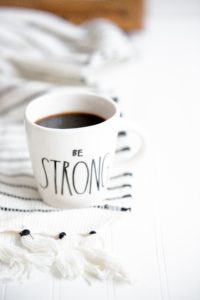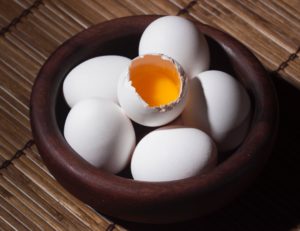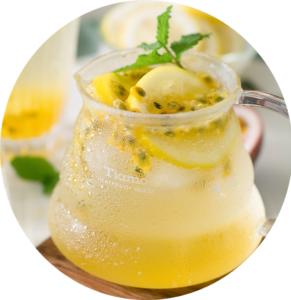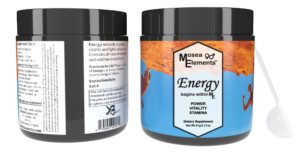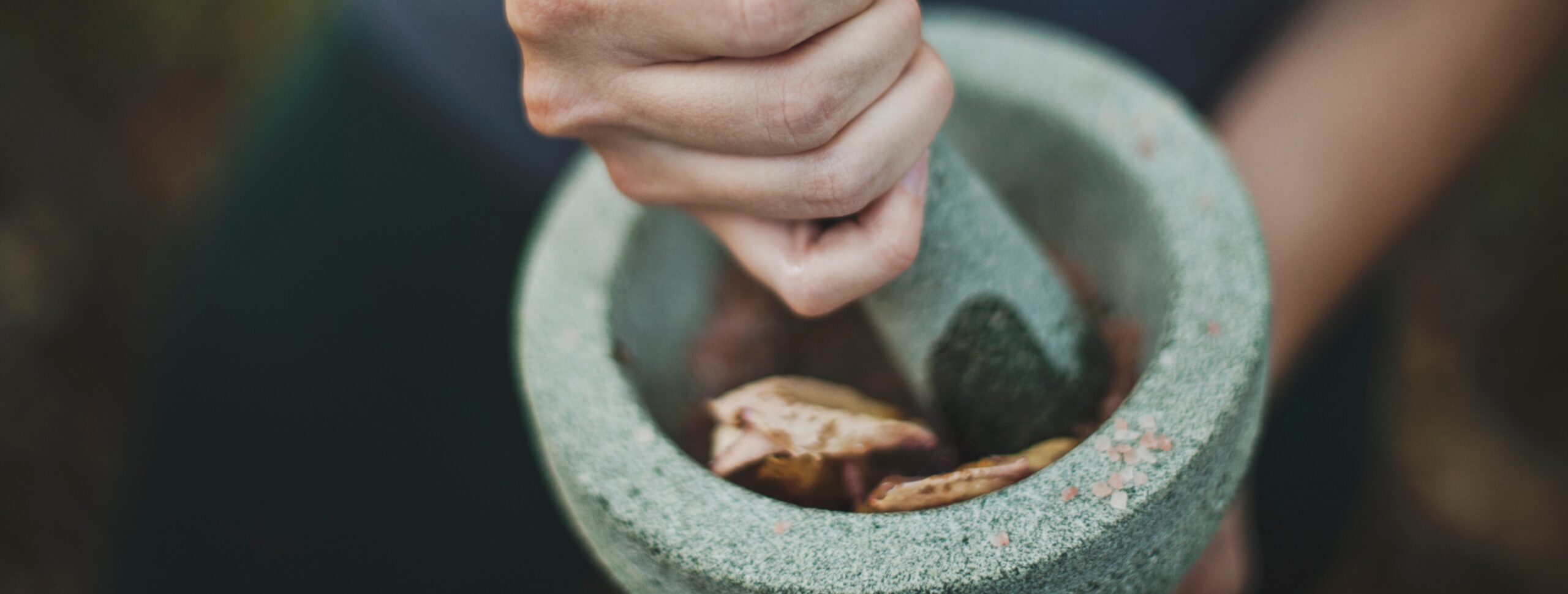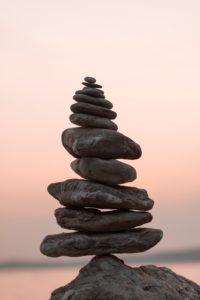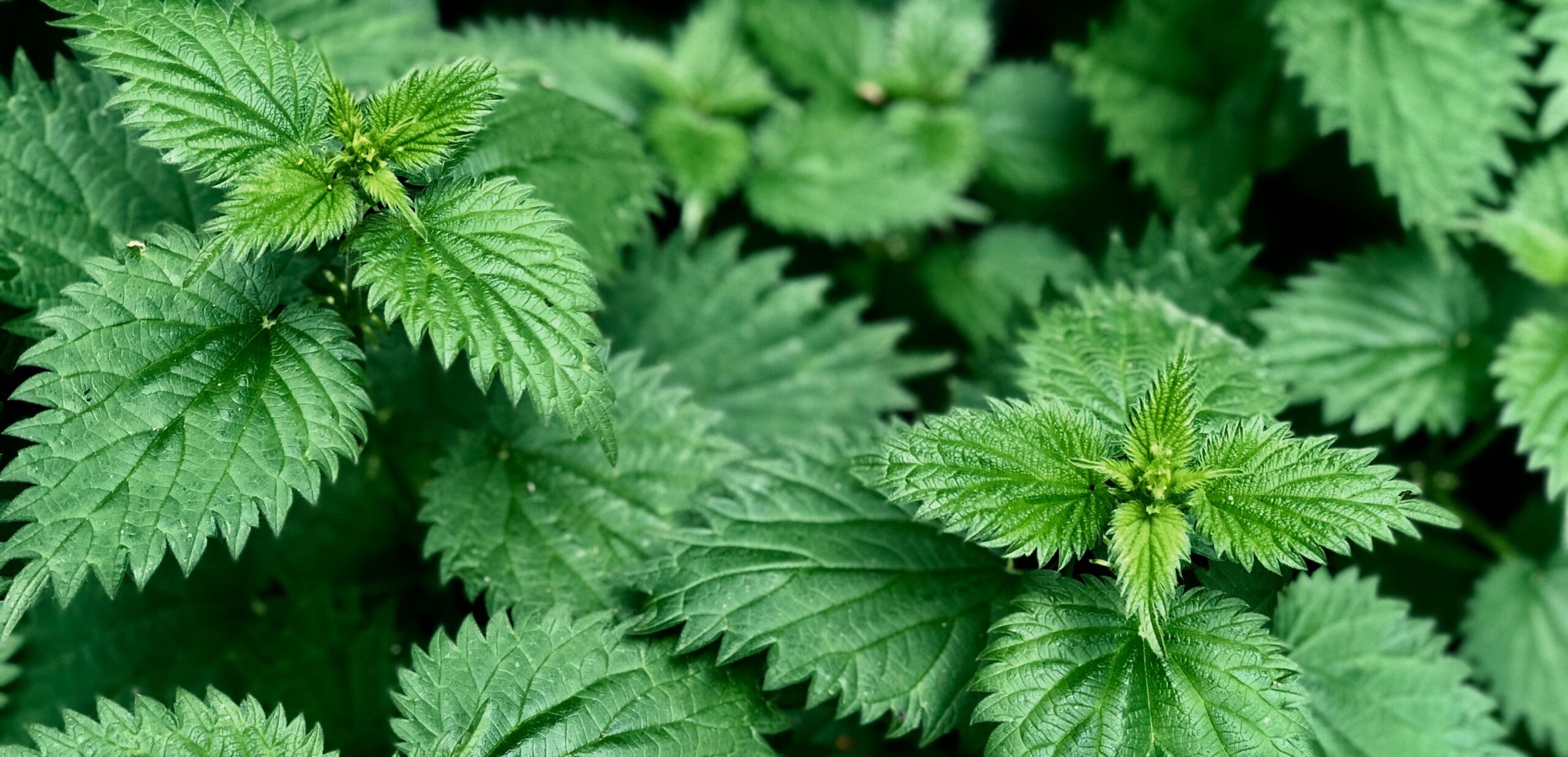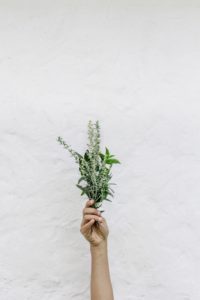From the very beginning our hair is put through a lot. If you’re lucky enough to be born with some already, don’t get too excited, sooner or later it’s going to fall out and start over at least once, if not more. Making all of your baby pictures a little painful to look at.
Then, as you age, you have the battle of keeping it out of your way and out of trouble, until your parents decide you would look cute with a bowl cut, which FYI no body does!
At some point the locks on your head will become your responsibility and it will be up to you to determine how it looks and how it lasts. If you’re like myself once your allowed to change and dye it, you do A LOT! And then once you reach an age where you’re done changing, perhaps you’ve finally decided to stop fighting your genetics, now your fighting for its health, and that’s a full time job!
Damaged goods:
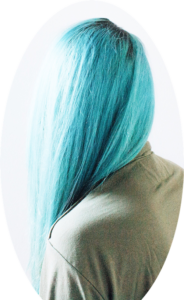 You would think once you’re done bleaching and dying your hair it would go back to its calm and natural state, wrong! It takes years to grow out the dead, fried and of course split ended hair.
You would think once you’re done bleaching and dying your hair it would go back to its calm and natural state, wrong! It takes years to grow out the dead, fried and of course split ended hair.
Even after all the excessive damage is in the past, you still have daily styling, and brushing that keeps your hair from reaching its peak condition. Every time you use a hot tool, brush while wet, or even stay in the sun too long, your hair’s health suffers.
Now you have to figure out how to improve the health of the hair you already have and how to improve your scalp’s health so that the newly grown hair has a fighting chance.
Hair Vitamins and Remedies:
Once you’re on your healthy hair journey there are many options for vitamins, supplements and masks that you can get at any grocery or drug store, but as usual an all-natural option is best for long-term use.
Biotin is a popular option used to help improve your hair’s health. But Biotin can cause acne, and if your like myself and have acne prone skin, your swapping one problem for another.
I’ve also tried countless masks that usually smell terrible and consist of raw eggs, honey, etc. and end up all over you, your clothes and your bed.
Needles to say I gave up on the food masks and acne causing biotin and searched for other alternatives, because I don’t know about you, but I want both healthy hair and skin.
Other vitamins that support hair health are Vitamins A and C. Vitamin A is needed by all cells for growth, including hair growth, and also helps to moisturize the scalp. This vitamin can be found in plant and animal products such as pine needles, carrots, dairy etc., which can also provide protein needed for strong healthy hair.
Vitamin C is needed in order to aid your body in iron absorption that is necessary for hair growth. Vitamin C also boosts collagen production, which is an important building block of your hair’s structure.
Both vitamins also work great in helping to prevent hair loss and dandruff!
Radiance:
KBA offers an all-natural supplement, for not only healthy hair, but also healthy skin and nails. Radiance is a powerful fusion of wild harvested and organic herbs with bio boosting minerals and homeostasis promoting plants. Formulated to strengthen the structural building blocks for beautiful and healthy hair, skin and nails.
Radiance contains super foods like Goji Berry, Pine Needle, Pineapple and Orange. With high levels of Vitamins A & C, other viable nutrients and antioxidants, KBA’s Radiance supplement supports collagen synthesis giving luster to your locks while also preventing hair loss and dandruff.
And it can be easily added into your routine, just add it to any beverage daily to get all the vitamins, minerals and antioxidants your hair, skin and nails crave!
Try Radiance, an All-Natural hair, skin and nails supplement today!
Paige Peterson

